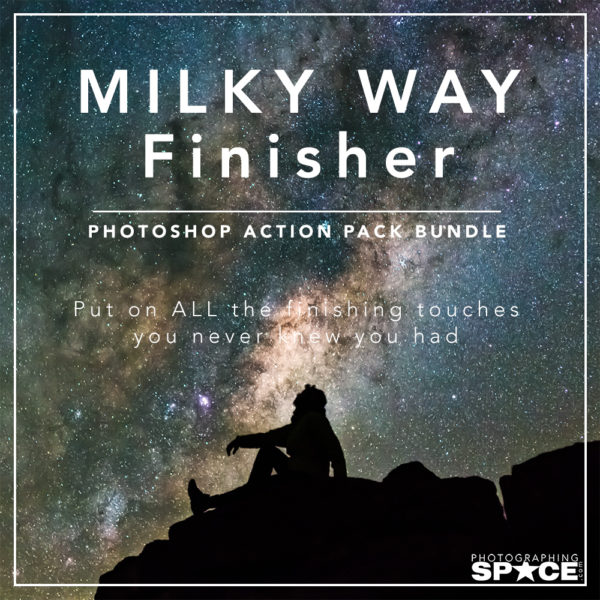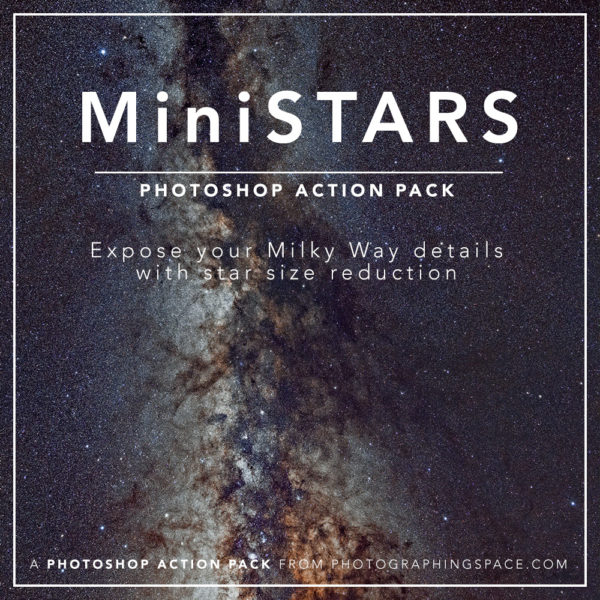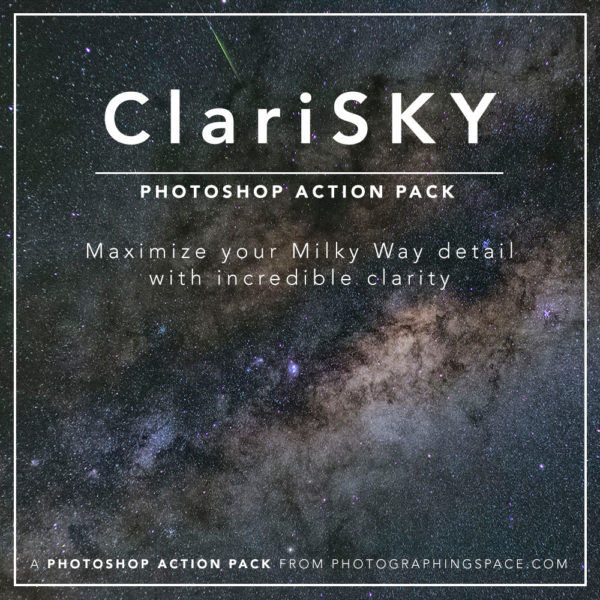J asked:
Hi Cory,
I too am a newbie when it comes to astrophotography but when I found your blog I immediately signed up (and even sent you enough for a pint or two, cheers!). I have a Canon t3i with a 18-55mm lens, an intervalometer, a decent tripod with a ball head and finally, an iOptron Sky Guider which I will start using this week. I will soon be purchasing a telephoto lens and will be having the Canon converted to full spectrum. Eventually I will be purchasing a 102-135mm refractor once I am comfortable with what I have now. I don’t want to make that learning curve too steep. Could you please refer me to a blog of yours that deals with full spectrum conversions and with dark, white, bias and flat frames, how to obtain them, can they be stored and used on other sessions etc? Thanks and keep up the excellent work.
Hi J,
Thanks for the kind words (and the donation)! I don’t have an exact blog post (yet) that perfectly matches your question, but I’ll quickly address it here.
Your camera will deal with calibration frames the same as if it were a stock, unmodified DSLR. However, I don’t necessarily recommend a full-spectrum mod unless you plan to insert a proper IR-block filter for astrophotography.
Lights should be shot the same way. Shoot darks the same (25-30, same ISO as lights, and within 5deg of the ambient temp at time of lights), bias the same (~100 or so, lens cap on, same ISO as lights, at your camera’s fastest shutter speed), and flats are easily attainable using this method: https://www.photographingspace.com/how-to-create-dslr-and-ccd-flat-frames-for-astrophotography/
Darks and bias frames (and sometimes even flats), can be kept in a “library” and are good for a while (a period of months?). So if you commonly shoot at a specific ISO and temperature (or when the sensor is a specific temperature), they can be reused for another night. The only time flats can be reused are when you keep the lens/telescope connected or at the exact same configuration, and the focal length the same. Even then, I wouldn’t really recommend reusing flats because things like dust motes change night to night.
Hope that helps, and clear skies!
Cheers,
Cory






Add Comment